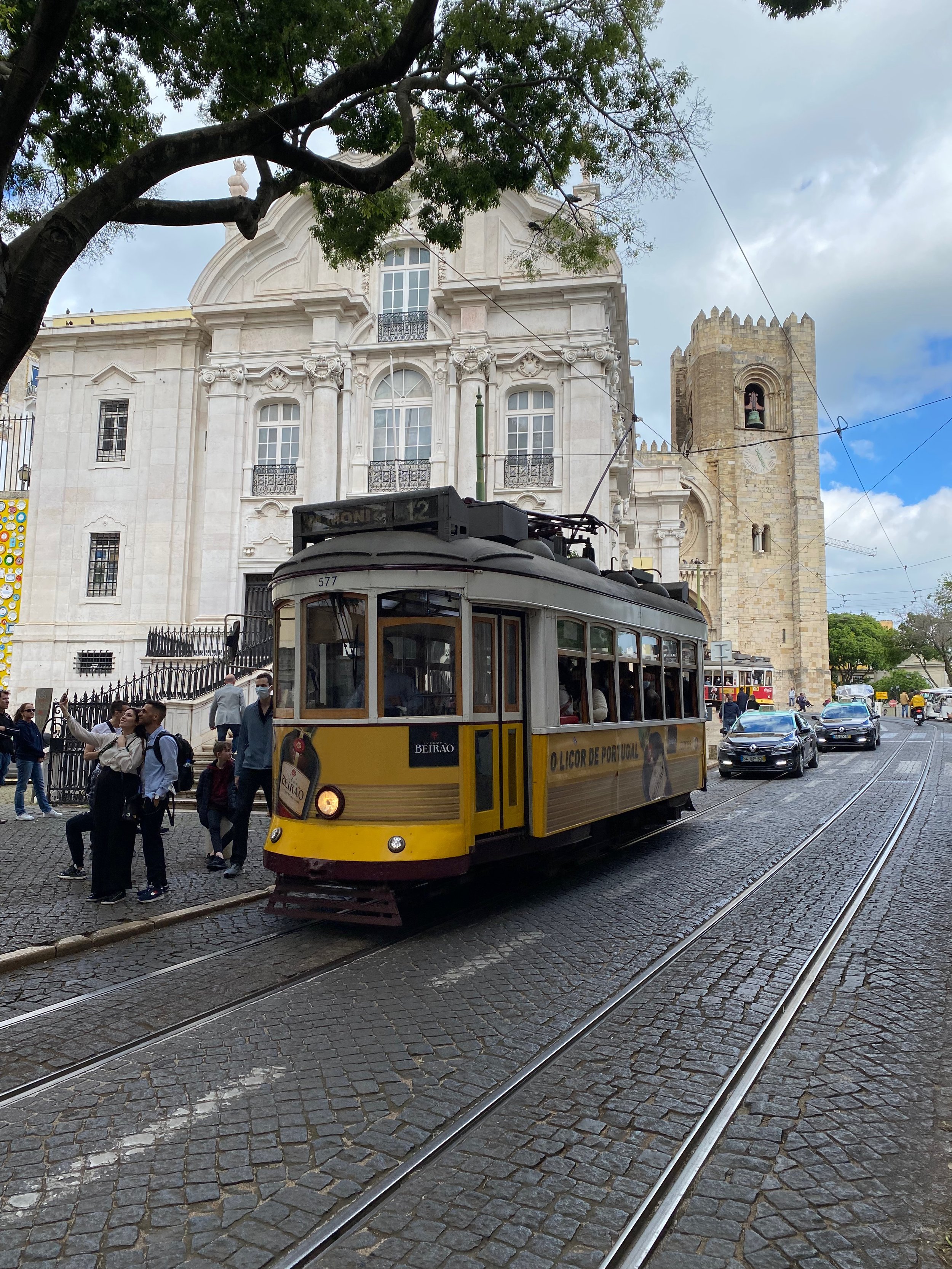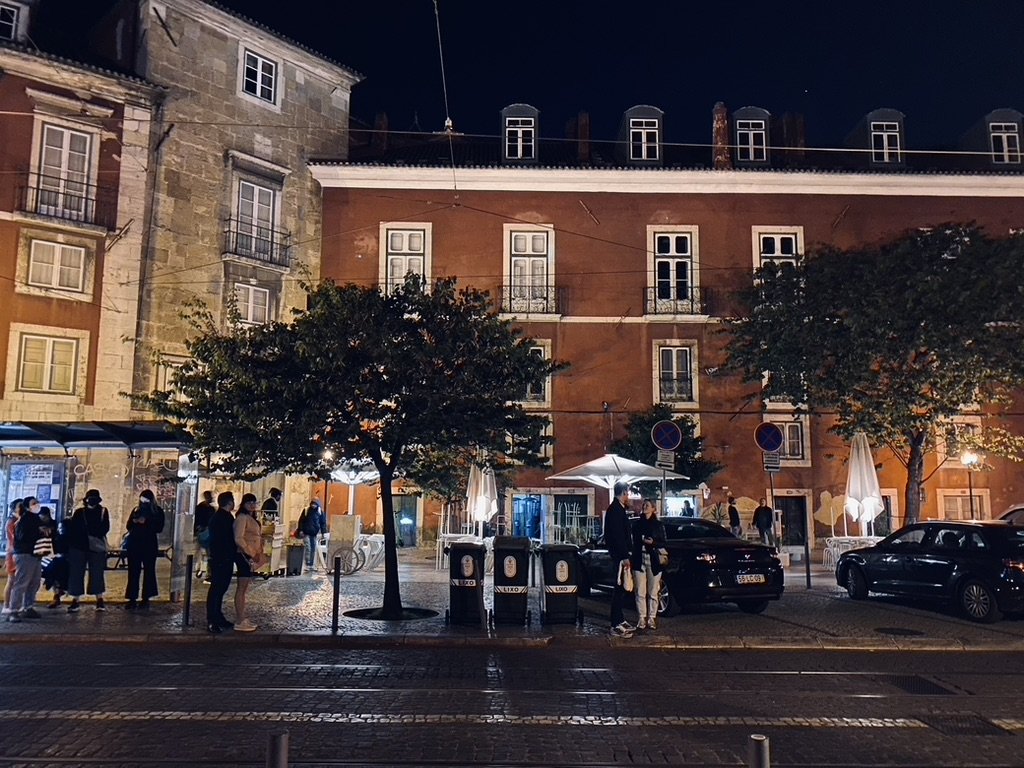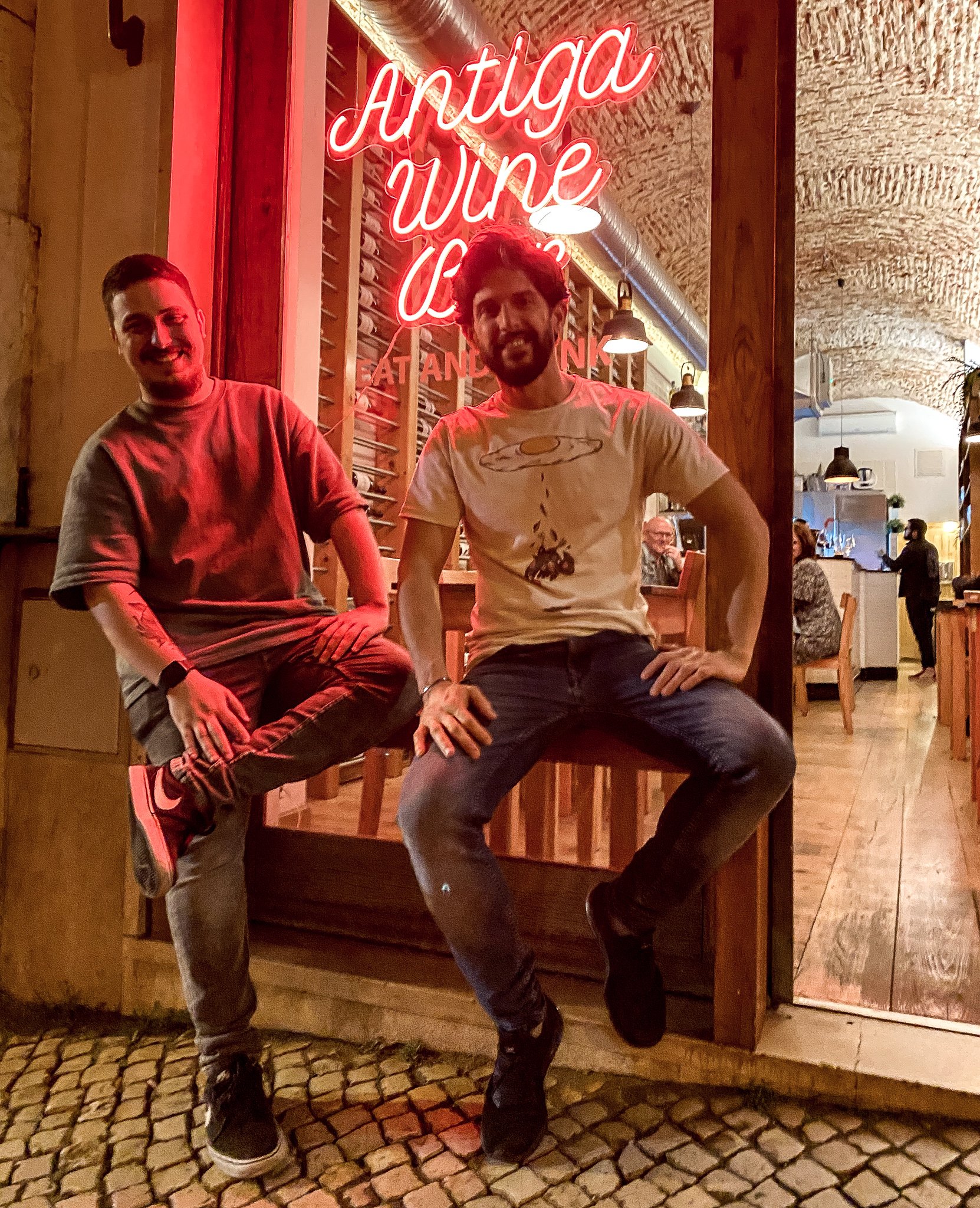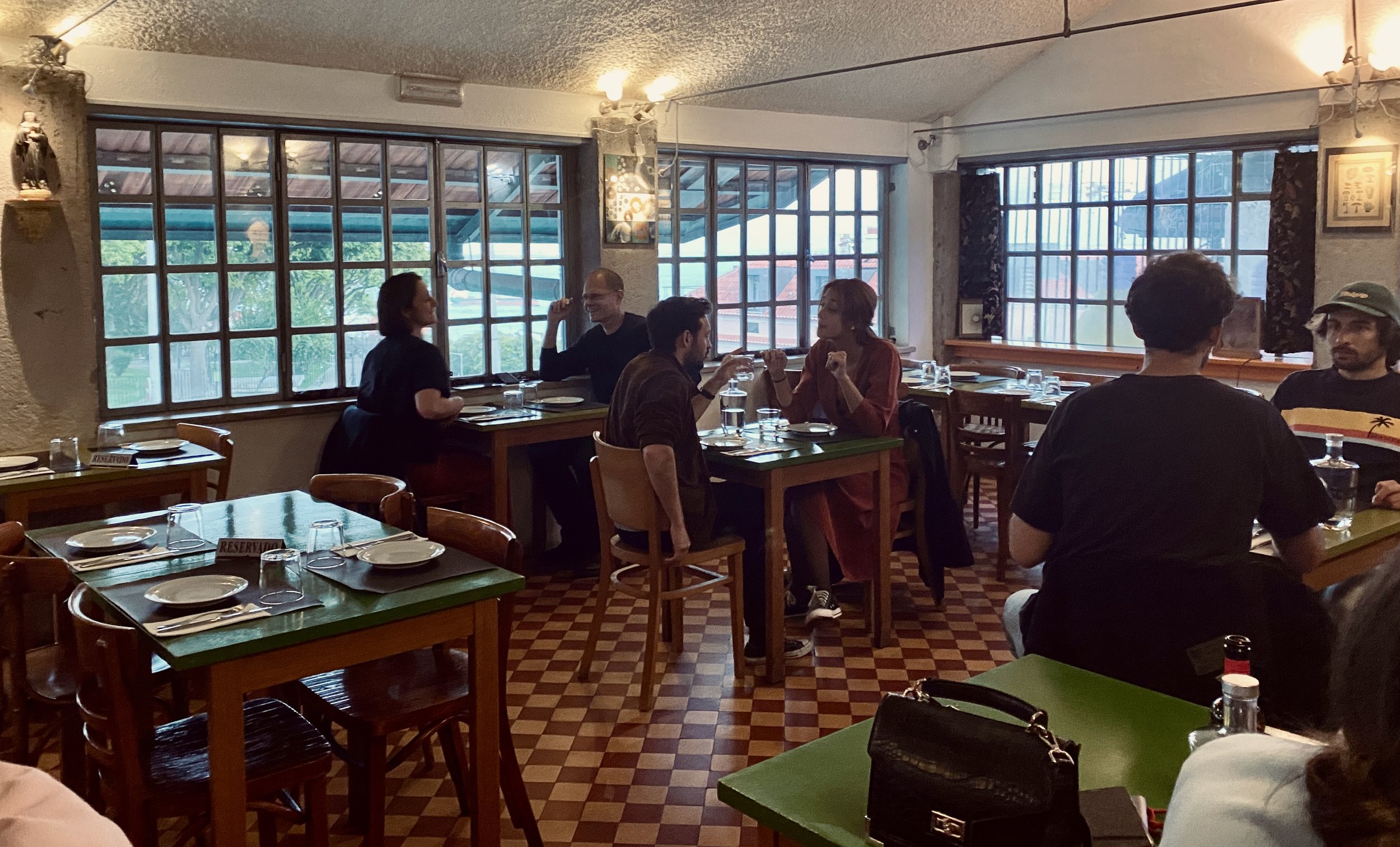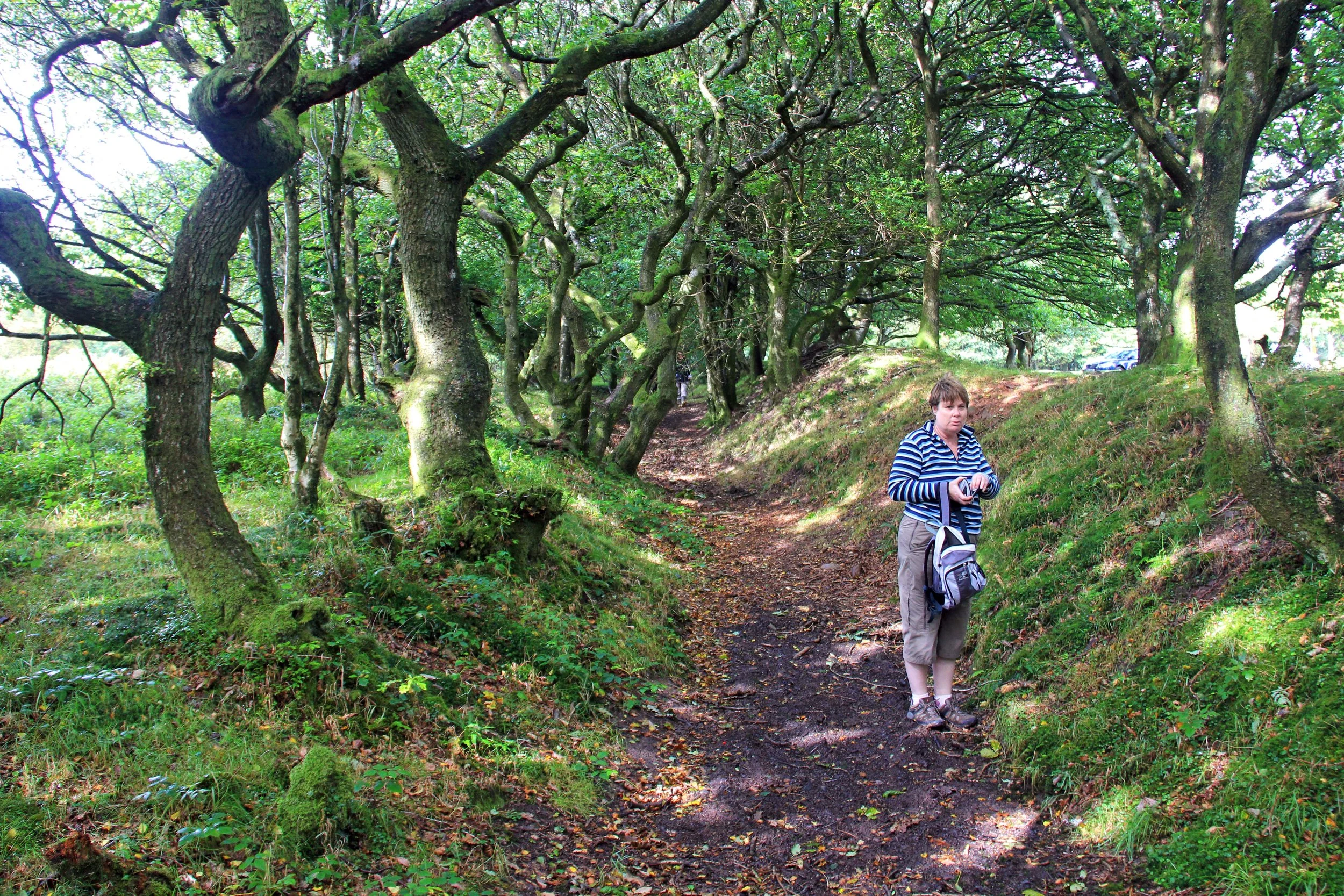Lisbon Food 2
Occasionally our palates need a bit of a shake up - even the most dedicated foodie can become weary of their own home-cooking - you need a blast of something different to reawaken the tastebuds. This fertile region of ours is, of course, rich in enlivening possibilities but, after a couple of Covid induced stay-at-home-years, a quick trip to somewhere new can be just what a jaded cook needs to feel reinvigorated and inspired.
Our regional airports can offer such a gateway, and I say that despite the recent problems. My reason for making the claim is because of a recent trip to Lisbon, enjoyed thanks to a quick, trouble-free, two-hour flight out of Bristol Airport. It was our first city-break in two-and-a-half years and I revelled in every foodie minute of it.
Healthy breakfast in Lisbon
I had almost forgotten how easily you can dine well but inexpensively in southern Europe. Of course, online research can massively help a visitor get more out of a brief stay in a big city, but you should - if you’re experienced and know the obvious restaurant runes and tell-tale signs - be able to sup well without trip-advisor style websites or city-guides. There is one very obvious reason I make this point: although online acclaim might be accurate and useful, it can also strangle the goose which lays the golden egg with popularity.
Take Lisbon’s now world-famous Time Out Market as an example… The ‘food-hall’ style multiple eatery is, indeed, a foodie’s paradise but, after the likes of Rick Stein and Netflix’s “Feed Phil” sang its praises to an international TV audience of millions, it has become a place of pilgrimage. Instagram-snapping hordes turn up daily and the huge hall is visited by so many people most evenings you have to physically wrestle to find a seat at the long communal tables.
Time Out Market, Lisbon
Time Out Market
Do visit the Time Out market and food hall, but my tip is to go light on breakfast and head there for an early lunch.
Talking of an ideal lightweight breakfast, what better way to start a day than sampling one of Lisbon’s famous little custard tarts, called pastel-da-nata. I’m not known for having a sweet-tooth, but these really do hit the spot when downed with a good coffee. We were fortunate to have a bakery that specialises in pastel-da-nata on the ground floor under our accommodation and believe me, watching the crowds go by while enjoying such a humble but delicious breakfast was a real treat for a bloke who has, for the best part of 30 months, broken his fast with only the birds for company.
Pastel-de-Nata
Pastel-da-Nata
For anyone who hasn’t tried pastel-da-nata, they differ from our custard tarts in two ways. The pastry is crispy compared to our classic shortcrust and the custardy filling is somehow more silky than the dairy-and-egg mix we prefer. I am fond of our nutmeg-topped version, but was interested to see how our two sea-faring nations could develop exactly the same morsel in two such different ways. Even the toppings are slightly different, the Portuguese prefer a sprinkling cinnamon.
If you’re a greedy blighter like me, then the fuel provided by a brace of these tartlets will not last you until lunch. Well, not a late one anyway… Lisbon will certainly not let you down in this matter as there are plenty of street snacks to be purchased as you stroll around the remarkable city. For me the examples collectively known as salgados (savoury treats) are perfect for the job of fuelling-on-the-move. Such delights as pastéis de bacalhau (codfish cakes), rissóis de camarão (shrimp turnovers) and the inevitable croquetes (croquettes) are ideal. Another is Pão com chouriço - slices of Portuguese bread stuffed with chouriço sausage.
By the way, here’s a Lisbon travel tip: buy yourself a six-euro 24-hour transport card from a metro station and it will allow you to ride on any bus, underground train, or on the city’s famous antique trams. Being a hilly city the knack is to catch a ride to the top of some historic quarter and then stroll down through myriad backstreets towards the waterside.
As you go, you can use your nose to sniff out lunch. And as Lisbon has more eateries per square foot than most European cities, this is not difficult. But it can disappoint if you don’t know what you are doing. Beware the tourist traps, of which there are many. Lisbon is also one of the most touristy capital cities in Europe - I was shocked by the numbers. Some eateries cater for the hordes in the same manner as a 1970s British dinner lady might have prepared lunch for the school canteen.
But up in the backstreets you can find little places serving a classy three course lunch for under £20, including wine. The obvious way of sniffing out the good-uns is to peer inside to see who’s doing the dining. If the place is filled with serious looking, suit-wearing, middle-management types from local offices, then that’s a good sign.
We found the Alfaia Restaurant, on a hilly backstreet called Travessa da Queimada. Having served traditional Portuguese grub in the Bairro Alto area for 142 years, it is one of Lisbon’s oldest restaurants and I loved everything we ate in the charming old place. There’s a daily specials menu which features such dishes as “Negrais suckling pig” and “Cabidela countryside rooster and rice”. On another day there might be an old-fashioned Portuguese stew followed by “codfish pastries with tomato rice”.
It was the biggest lunch I’ve had in years. We were glad to be able to take a tram-ride home and sleep it off. The immaculate waiters at the Alfaia even brought us dishes we hadn’t asked for, like a wonderful bowl of classic Lisbon fish soup which turned out to be the highlight of the day.
What’s required many hours after such a meal is the lightest of suppers. And this we should have had at the Antiga Wine Bar just across the street from our apartment - except the sharing plates were so good we kept ordering more and more. I loved this little place - the absolute antithesis of the stuffy old-fashioned kind of restaurant-style eating many of us Brits grew up with. We had fun. The young staff made sure we had fun. And the other 20 or so diners joined in, so that we all had a lot of fun long into the night.
The food and wine was superb. I am a complete convert to the concept of dining from small tapas-style plates and enjoyed delights such as tomato rice croquet with sardine mayonnaise; “Alheira Cake” (filled with cheese from Ilha de Sao Jorge and mustard); “Black Pig sausage”; chicken samosas with hot spices and mango chutney; shredded duck sandwich with Asian ginger sauce and radish pickle; and crispy tender pork belly slow-cooked with chimichurri.
Santa Clara dos Cogumelos restaurant
On another evening when we really were hungry we booked a table at the amazing Santa Clara dos Cogumelos restaurant which specialises in all things fungi. And when I say “all things”, it even serves mushroom inspired sweet dishes like porcini ice-cream (a lot nicer than you may think). This so-called “mushroom temple” was a total treat. Located in the handsome old Santa Clara Market, in the heart of Lisbon’s old town, the restaurant is run by an indefatigable Italian called Luigi Pintarelli who is a leading evangelist when it comes to the mysteries of food made with fungi.
I loved the place and will be preparing the sliced rare beef fillet, sautéed porcini, rocket, parmesan cheese and butter-bathed beauty here at home. I might even have a go at the house special - by which I mean “The Perfect Egg”, which features a “low-temperature cooked egg” and truffled-cheese cream under a smoked almond-and-bread crumble.
You see what I mean about coming home inspired? In my opinion, it is one of the main reasons to travel anywhere.
RECIPE
Classic Pastel da Nata
1 whole egg
2 egg yolks
115g golden caster sugar
2 tbsp cornflour
400ml full fat milk
1 tsp LittlePod vanilla paste
1 sheet ready rolled puff pastry
Lightly grease a 12 hole cup-cake or muffin tin and pre-heat oven to 200C/180C fan/Gas 6. Place egg, yolks, sugar and cornflour in a pan and beat together before adding the milk. When the mixture is well-beaten place on a medium heat and stir constantly as it thickens and comes to the boil. Remove pan from heat and stir in vanilla paste.
Allow the custard to cool (cover to prevent a skin forming) and now cut the pastry sheet in two, place one on top of the other. Roll the pastry tightly then form into a log so that you can cut off 12 rounds. Roll each on a lightly floured board, the press each disc into the muffin tin.
Spoon in the custard and bake for 20-25mins until golden on top. Leave to cool in the tin for 5 minutes then place on a rack and bring down to room temperature before eating (although some people like them warm).










